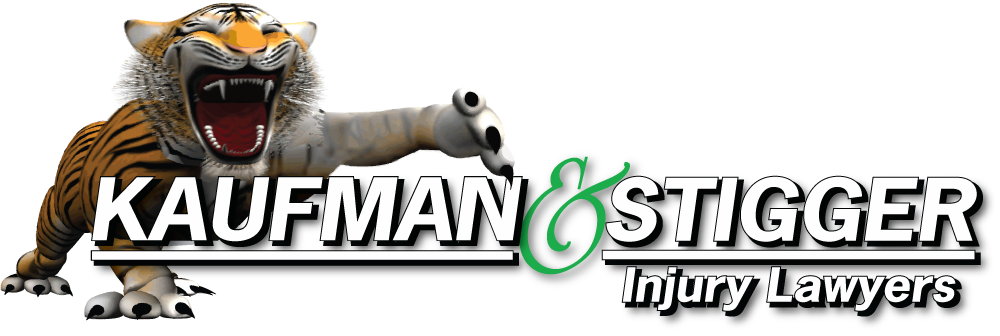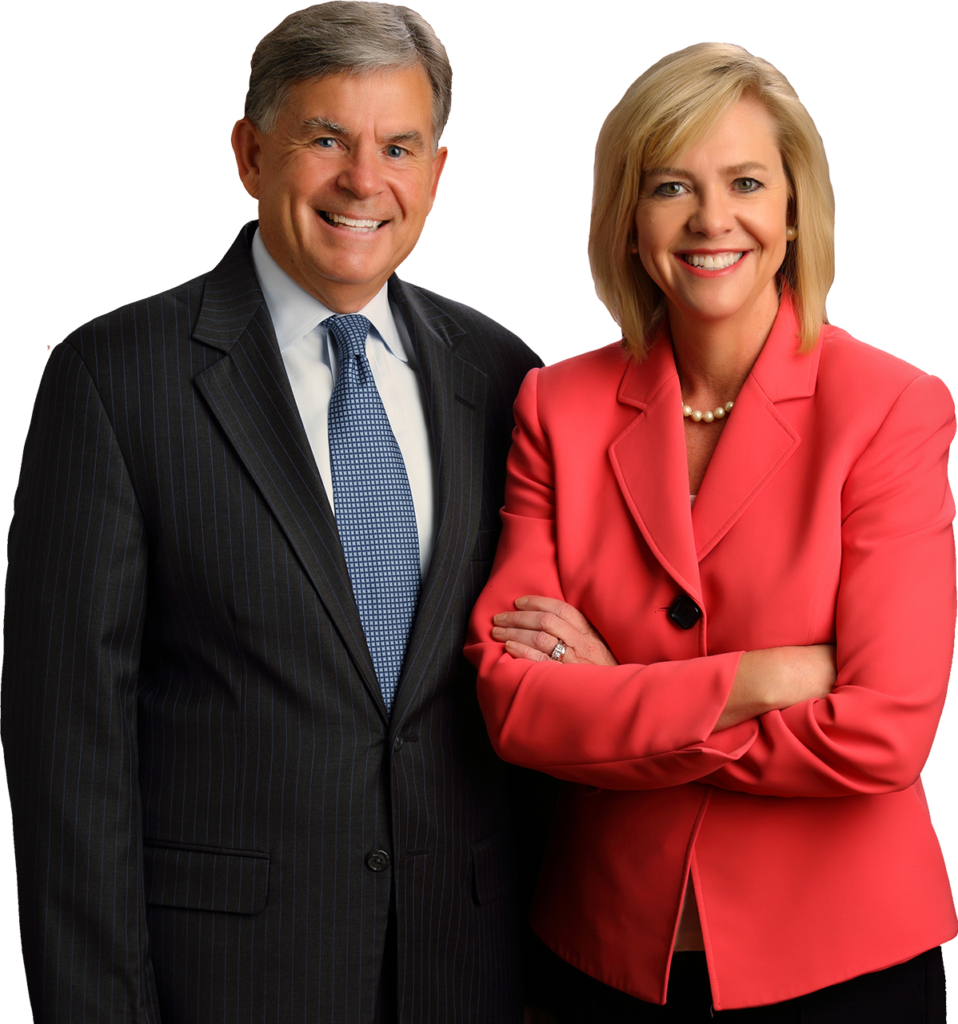Shoulders are ball and socket joints that are formed by three bones. Those are the humerus (upper arm bone), the clavicle (collarbone) and the scapula (shoulder blade). A combination of muscles and tendons make a capsule that keep the humerus inside of the relatively shallow socket of the shoulder. These muscles and tendons allow the shoulder to move like no other joint in the human body.
Traumatic Rotator Cuff Injuries
Many rotator cuff injuries occur from repeated overhead motion like throwing a baseball, football or even hitting tennis balls. Painters, carpenters and plasterers might also develop rotator cuff degradation from years of working overhead. At other times, rotator cuff injuries occur from a single traumatic event like a car or truck accident, a fall, a motorcycle or bicycle accident, sudden acceleration and deceleration or twisting. As a result of the sudden traumatic event, the muscles and tendons that form the rotator cuff get torn, and the rotator cuff is injured. The tears might be full and complete or partial and incomplete.
Symptoms
Rotator cuff tears are painful. The pain might be sharp with movement, or it might be a constant dull pain when resting, especially when sleeping on the side of the damaged shoulder. A loss of strength in the affected arm is likely, and with a severe tear, pain might be continual. Combing hair, brushing teeth and reaching behind your back might all become difficult.
Diagnosis
A doctor will start out with a physical examination of the affected shoulder. The patient’s arm will be moved in different positions, and the strength of the upper arm muscles will be tested. If a course of physical therapy doesn’t help, imaging studies will likely be ordered. Those might include the following:
- X-rays for purposes of determining whether the shoulder pain might be caused by bone spurs or arthritis.
- Ultrasound that shows soft tissue like muscles and tendons. Ultrasound also allows the structures of the shoulder to be seen as they move.
- Magnetic resonance imaging (MRI) that shows the shoulder structures in even more detail.
Surgery
If pain continues, and the rotator cuff is found to be torn, it’s likely that surgery will be recommended. Most shoulder surgeries are arthroscopic, but sometimes a full incision is needed for complete repair. Here are some of the types of surgeries:
- Arthroscopic tendon repair using a miniature camera and tiny tools through small incisions in order to reattach the torn tendon to the bone.
- Open tendon repair when a larger incision is made to secure the torn tendon to the bone.
- Removal of a tendon and transferring a nearby tendon to replace a severely damaged tendon.
- Shoulder replacement for massive rotator cuff injuries. An artificial joint is attached to the scapula with the socket at the top of the humerus.
Recovery
After surgery, the patient’s arm is immobilized in order to prevent further damage. Depending on the extent of the rotator cuff injury and the individual patient, he or she should reach maximum medical improvement anywhere from six weeks or six months or more after a shoulder surgery. A course of physical therapy will be prescribed after surgery.
Contact a Louisville Traumatic Injury Lawyer
Contact us as soon as possible after suffering a traumatic rotator cuff injury in or around Louisville, Lexington or anywhere in Kentucky or southern Indiana. You will speak directly with one of our attorneys who will be able to answer your questions.








